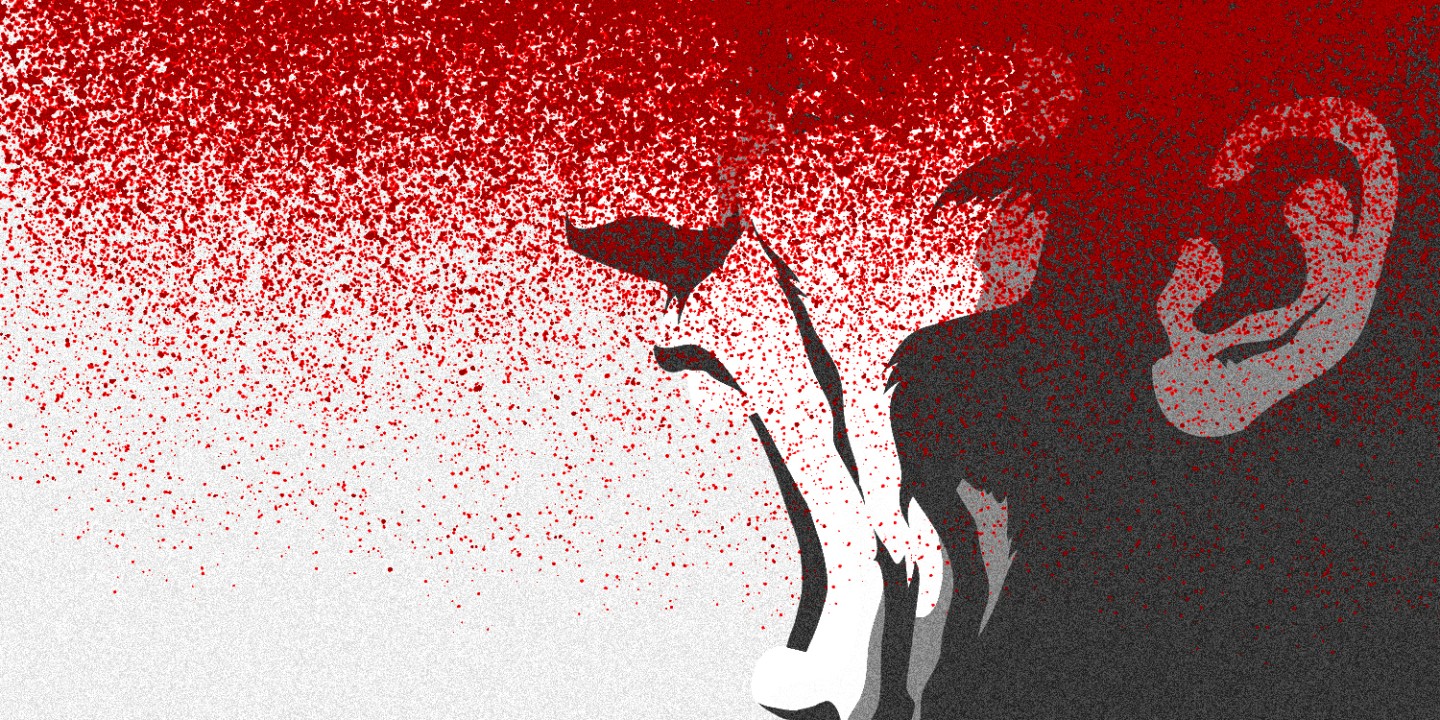The emotion standing in the way of peace
Anger can be both healthy and helpful. Rage offers only destruction.

(Source image by VasjaKoman / DigitalVision / Getty)
The war between Hamas and Israel, with its carnage and hostage taking, has evoked profound, even primal feelings. We could call it accelerated action: a rapid journey from discovery to reaction, from shock to horror, from judgment to anger, from fury to rage.
There’s a liminal moment between anger and rage. Anger can be a constructive emotion, stirring us from distraction or self-absorption to an acute awareness of wrongdoing, leading us to a process of restitution or reparation. When directed away from our own pride and toward another’s well-being, anger can be a means to a healthy end, like a ladder we can kick away once we’re truly engaged in seeking the good.
Read our latest issue or browse back issues.
But rage is something different. Rage names the moment we lose all rational faculties. The red mist descends. We find ourselves incandescent, untrammeled by any restraint. We lose sight of the original wrong done in our rampaging quest for destruction and vengeance. In our rage we tell ourselves we can and should destroy all in our path, for only then can justice be restored and fury satisfied.
There can be something exhilarating about rage. Our culture prizes both visceral experience and impregnable righteousness; rage offers a combination of the two, an intoxication of indignant fervor. To be so right that you’re justified in whatever damage you wreak is almost a peak experience of a society that valorizes both intense passion and moral superiority.
Human communication is a deft interlacing of language and gesture, of verbal and nonverbal indications and cues. The most satisfying interactions are those where we don’t have to say something in words because the other party gets it through nonverbal signals, or when two people who know each other well say the same word simultaneously, thus deeply affirming their convergence of heart and mind. Rage eliminates language and replaces it with a bellicose roar. At the same time, it impoverishes the abundant realm of gesture, reducing it to the unnuanced swipe of violence.
Many, perhaps most, of us are perennially inhibited by vulnerability, hurt, and fear. Our thoughts are weighed down and our actions limited by our acute awareness of the other, by anxiety that we may be rejected, humiliated, derided, scorned. To be engulfed by rage is to transcend these negativities and reach a plane of unconquerable passion, like Samson with his hair grown back, destroying more in his death than he did in his life. Which is why rage is so attractive, even addictive, because it so thoroughly dispels, at least for a moment, those restraints of civility and inhibition.
When Jesus says, “I come not to bring peace, but a sword” (Matt. 10:34), I understand that to mean, Don’t seek a sentimental peace, but one with sharp edges. It sometimes sounds facile to pray for peace amid the rage of war. But it depends on what you mean by peace. The peace of still waters and quiet rest is certainly a fantasy in the midst of widespread horror. But maybe peace is more like the sword that divides rage from anger. Rage inflames and inflates; anger can pinpoint a problem and isolate it, with the precision of a sword.
The way to dispel rage is not to oppose it with alternative rage. The conflict in the Holy Land, in that sense, amplifies many contemporary disputes, wherein both parties can become so overwhelmed by wrongs inflicted on them, and so convinced that these wrongs justify a response of limitless violence, that each side’s rage only amplifies that of their opponents, in an inferno that eventually consumes all their children. Rage is an expression of powerlessness of emotions, words, and actions. The only thing that can dismantle it is the infusion of words and actions that can better channel the overflowing emotion.
But it’s sheer denial to imagine that appropriate procedural actions and carefully modified words can on their own suffice to dissipate rage. Which is why there’s a place for the curation of healthy anger—an emotion that can’t walk past injustice and affront but that has strategies in place to avoid that transgression evoking explosive fury. Healthy anger doesn’t assume all fault lies with the other party, is still open to re-narrating a story so that not all wrong lies on a single side, and can energize conflicting parties to say now is the moment to realize we’re all on a path to mutually assured destruction and we must all take steps to turn our rage back into gesture and words that are open to rational engagement. Healthy anger is thus almost a prerequisite for true peace—a peace that doesn’t pretend fury will simply burn itself out, nor presume enmity can be ignored or suppressed.
It’s rage, not peace, that’s based on fantasy. Rage assumes a story by which I obliterate you and all is resolved. But it’s not resolved: it’s just stoking up further rage for another explosion sometime later. By contrast anger can stir us to action, such as the brokering of cease-fire, the measured and evenhanded witness of the wider community, the careful identification of and holding to account for wrongs done, the patient hearing out of resentments and fears, the finding of a path through to mutual security, dignity, understanding, respect, and hope.
That requires everyone involved to de-escalate back through the red mist of rage to the heightened awareness of anger, to set aside the urge to obliterate the other, and to begin to allow trusted outsiders to modulate the temperature of dispute. Anger can lead toward reason and eventually justice; rage cannot.






